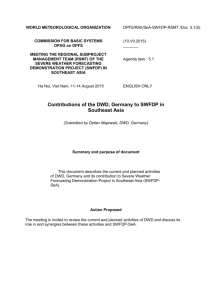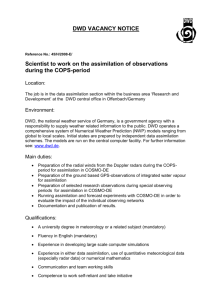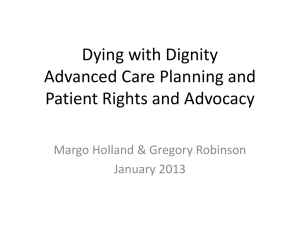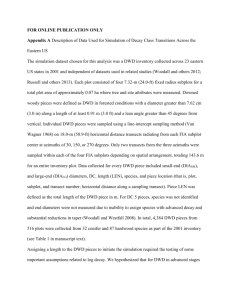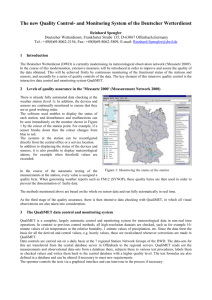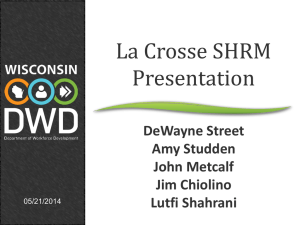Uganda:
advertisement
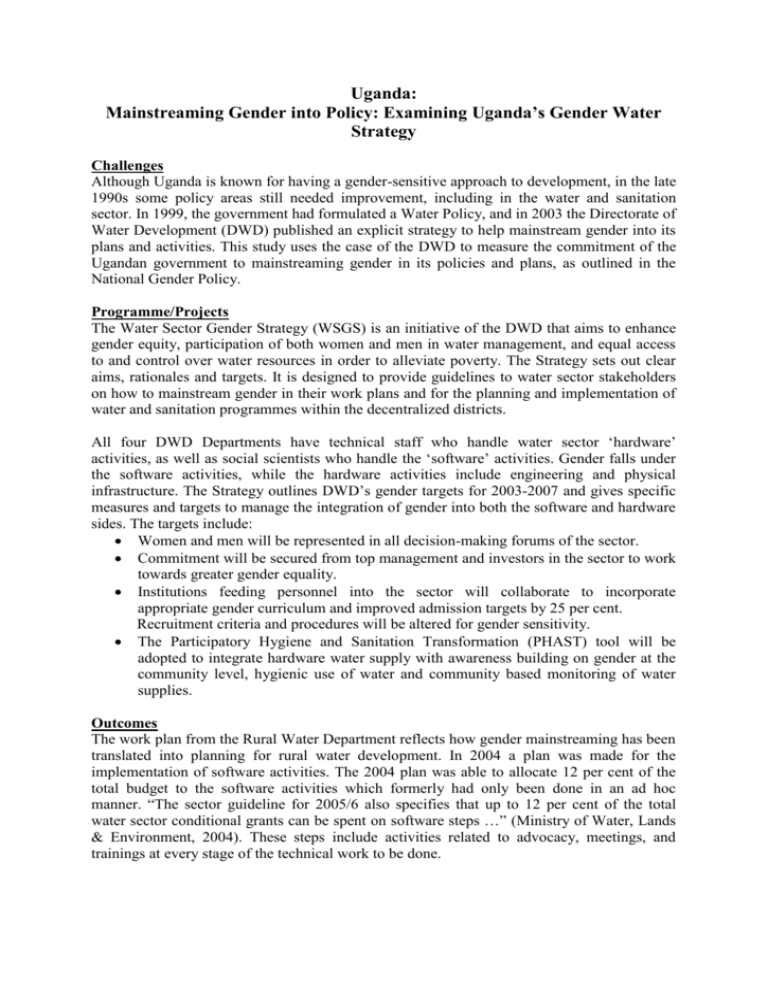
Uganda: Mainstreaming Gender into Policy: Examining Uganda’s Gender Water Strategy Challenges Although Uganda is known for having a gender-sensitive approach to development, in the late 1990s some policy areas still needed improvement, including in the water and sanitation sector. In 1999, the government had formulated a Water Policy, and in 2003 the Directorate of Water Development (DWD) published an explicit strategy to help mainstream gender into its plans and activities. This study uses the case of the DWD to measure the commitment of the Ugandan government to mainstreaming gender in its policies and plans, as outlined in the National Gender Policy. Programme/Projects The Water Sector Gender Strategy (WSGS) is an initiative of the DWD that aims to enhance gender equity, participation of both women and men in water management, and equal access to and control over water resources in order to alleviate poverty. The Strategy sets out clear aims, rationales and targets. It is designed to provide guidelines to water sector stakeholders on how to mainstream gender in their work plans and for the planning and implementation of water and sanitation programmes within the decentralized districts. All four DWD Departments have technical staff who handle water sector ‘hardware’ activities, as well as social scientists who handle the ‘software’ activities. Gender falls under the software activities, while the hardware activities include engineering and physical infrastructure. The Strategy outlines DWD’s gender targets for 2003-2007 and gives specific measures and targets to manage the integration of gender into both the software and hardware sides. The targets include: Women and men will be represented in all decision-making forums of the sector. Commitment will be secured from top management and investors in the sector to work towards greater gender equality. Institutions feeding personnel into the sector will collaborate to incorporate appropriate gender curriculum and improved admission targets by 25 per cent. Recruitment criteria and procedures will be altered for gender sensitivity. The Participatory Hygiene and Sanitation Transformation (PHAST) tool will be adopted to integrate hardware water supply with awareness building on gender at the community level, hygienic use of water and community based monitoring of water supplies. Outcomes The work plan from the Rural Water Department reflects how gender mainstreaming has been translated into planning for rural water development. In 2004 a plan was made for the implementation of software activities. The 2004 plan was able to allocate 12 per cent of the total budget to the software activities which formerly had only been done in an ad hoc manner. “The sector guideline for 2005/6 also specifies that up to 12 per cent of the total water sector conditional grants can be spent on software steps …” (Ministry of Water, Lands & Environment, 2004). These steps include activities related to advocacy, meetings, and trainings at every stage of the technical work to be done. The Senior Water Officer in Charge of Management Information Systems at the DWD noted that “there is now funding for community mobilization. It has risen from 3 to 12 per cent. The funding for districts can be used for software activities and gender falls there.” This addresses gender concerns because women within the communities are to be trained together with men through such initiatives. It is hoped that government will continue to increase funding to these and other software activities as the need arises and that budgets are consciously allocated to gender mainstreaming and not just by proxy. Key Factors for Success Gender integration in planning: The gender perspective planning has helped develop a highly gender-responsive approach. The objectives of the related action plan have clear gender-integrated activity profiles, time frames and actors for each activity. The officials in charge in each department are also held accountable for integrating gender according to the guidelines. Gender-sensitive monitoring: Prior to the Strategy, the DWD used eight indicators to measure performance in the water sector. Using gender-sensitive indicators is a best practice that can be replicated by others who may have difficulties in measuring how effective their gender activities are. It also forces the implementers to measure the gender impact of their activities, because it is directly incorporated into the reporting format. Collaboration: The collaborative approach used by DWD in working with multiple NGOs and institutions throughout the country was a critical part of the DWD’s new approach to water and sanitation service development and delivery. Main Obstacles Lack of guidelines: The DWD realized there were not any clear guidelines as to how to mainstream gender in this sector, despite the fact that gender cannot be divorced from effective water management and use. Lack of trained women: At the time of the study, there were only a small percentage of women employed by the DWD. This was mainly due to the fact that until recently, water issues focused primarily on technical skills related to science and engineering. In Uganda historically there have been few women in the sciences so this created a significant gender imbalance within the DWD. Lack of control over recruitment: The DWD does not have control over other arms of the government. For example, recruitment in the water sector is advertised and handled by the Public Service Commission, which has a different mandate from the water sector. This has had negative implications for the Directorate’s plans to improve their male/female staff ratios. Looking Ahead - Sustainability and Transferability The Water Sector Gender Strategy sets a good example of how gender can be strategically mainstreamed into policy and plans at the national level. The Strategy demonstrates that national level policies and plans can be linked effectively and directly with work plans and activities at the decentralized district level. The DWD has developed indicators for monitoring the success of the strategy and plans to continuously review it to avoid loopholes. The Strategy also encourages collaboration between Ministries and like-minded organizations to mainstream gender into the water sector. This, in turn, has helped the Directorate coordinate and develop a sustainable gender-integrated approach to water-related development activities throughout the country. The development of a national water sector gender strategy has also dispelled the misconception that gender mainstreaming only occurs due to donor conditionalities and agendas. Further Information • Contact the researcher: Florence Ebila: febila@ss.mak.ac.ug For information about the Directorate of Water Development in Uganda: http://www.dwd.co.ug Source Office of the Special Advisor on Gender Issues and Advancement of Women, Gender, water and sanitation; case studies on best practices. New York, United Nations (in press).
